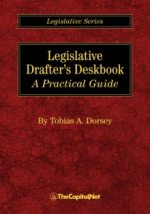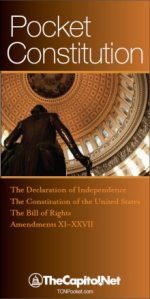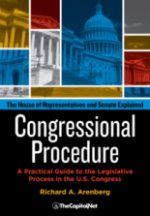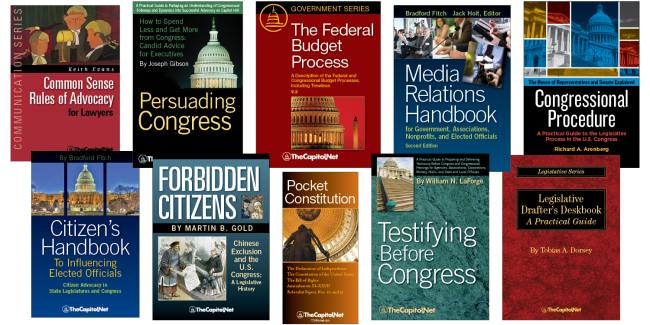From the Congressional Glossary – Including Legislative and Budget Terms
Statuary Hall
National Statuary Hall 360 Degree View
Statuary Hall, aka National Statuary Hall, is located outside the House chamber, just south of the Rotunda. The chambers of the House and Senate, National Statuary Hall, and the Rotunda are located on the second (“principal”) floor of the Capitol. The semicircular chamber south of the Rotunda served as the Hall of the House until 1857, and is now designated National Statuary Hall.
Visitors can listen to whispers at the location of John Quincy Adams’ desk in the Old House Chamber, now National Statuary Hall.
Immediately following a State of the Union address, members of Congress meet the press in National Statuary Hall to put their “spin” on it.
The National Statuary Hall Collection in the United States Capitol is comprised of statues donated by individual states to honor persons notable in their history. The entire collection now consists of 100 statues contributed by 50 states. All 50 states have contributed two statues each. Under authority of House Concurrent Resolution No. 47 passed in 1933, to provide for the relocation of statues and to govern the reception and placement of future additions, it was decided that only one statue from each state should be placed in Statuary Hall. The others would be given prominent locations in designated areas and corridors of the Capitol. A second rearrangement of the statues was made in 1976 by authorization of the Joint Committee on the Library. To improve the crowded appearance of the collection, 38 statues were rearranged in Statuary Hall according to height and material. Statues representing 10 of the 13 original colonies were moved to the Central Hall of the East Front Extension on the first floor of the Capitol. The remainder of the statues were distributed throughout the Capitol, mainly in the Hall of Columns and the connecting corridors of the House and Senate wings. In 2008, the Joint Committee on the Library approved another relocation of statues to improve their display in numerous areas of the Capitol, including the Capitol Visitor Center.
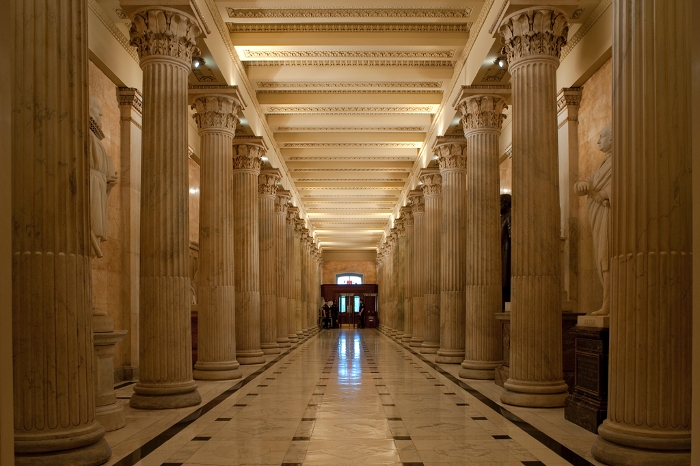
The Hall of Columns is a dramatic, high-ceilinged corridor over 100 feet long. It runs along the North–South axis of the first floor of the House wing in the U.S. Capitol, directly beneath the chamber of the House of Representatives. The Hall of Columns takes its name from the 28 fluted, white marble columns that line the corridor. The capitals are a variation on the Corinthian order, incorporating not only classical acanthus leaves but also thistles and native American tobacco plants. Earlier uses of American vegetation in the building’s capitals include Benjamin Henry Latrobe’s corncob capitals in a first-floor vestibule and his tobacco-leaf capitals in the small Senate rotunda.
The Hall of Columns was constructed in the mid-19th century as part of architect Thomas U. Walter’s extension of the Capitol, which added the present House and Senate wings and the dome. The marble for the columns was quarried at Lee, Massachusetts. Walter’s annual report indicates that by October 1855 approximately half of the columns and pilasters had been set in place and the carving of the capitals was under way. By November 1856 all of the columns were in place, and the entablature and cast-iron ceiling were also complete. The ceiling was cast in Baltimore at the foundry of Hayward, Bartlett, and Co. The walls between the pilasters are finished in scagliola, an imitation marble made of finely ground gypsum and glue. Originally, the floor was laid with Minton encaustic tiles from England. These eventually became too badly worn for further use, and they were replaced in 1920–1924. The present floor is composed of square tiles of white marble from Alabama and black marble from New York.
Since 1976, the Hall of Columns has housed part of the National Statuary Hall Collection.
Also see Architect of the Capitol (AOC); Capitol; State of the Union; Visiting Washington, DC; “What’s the deal with …“; What Your Member of Congress Can Do for You; § 11.30 Guide to Public Buildings on Capitol Hill, § 11.33 The Capitol’s Second (Principal) Floor, in Congressional Deskbook.
More
- Congressional Gold Medal (CongressionalGlossary.com)
- National Statuary Hall – Architect of the Capitol
- Statuary Hall Collection (list) – Architect of the Capitol
- “About the Capitol Visitor Center”
- “Use of National Statuary Hall: Assignment and Historic Events,” CRS Report R41857 (21-page PDF
 )
) - “National Statuary Hall Collection: Background and Legislative Options,” CRS Report R42812 (16-page PDF
 )
) - “Statues and Busts in the U.S. Capitol: Collections and Authorities,” CRS In Focus IF12209 (5-page PDF
 )
) - “Use of the Capitol Rotunda, Capitol Grounds, and Emancipation Hall: Concurrent Resolutions, 101st to 116th Congresses,” CRS Report RL34619 (31-page PDF
 )
)
Courses
- Congressional Operations Briefing – Capitol Hill Workshop
- Drafting Federal Legislation and Amendments
- Writing for Government and Business: Critical Thinking and Writing
- Custom Training
- Drafting Effective Federal Legislation and Amendments in a Nutshell, Audio Course on CD
- Congress, the Legislative Process, and the Fundamentals of Lawmaking Series, a Nine-Course series on CD
Publications
CongressionalGlossary.com, from TheCapitol.Net
For more than 40 years, TheCapitol.Net and its predecessor, Congressional Quarterly Executive Conferences, have been teaching professionals from government, military, business, and NGOs about the dynamics and operations of the legislative and executive branches and how to work with them.
Our custom on-site and online training, publications, and audio courses include congressional operations, legislative and budget process, communication and advocacy, media and public relations, testifying before Congress, research skills, legislative drafting, critical thinking and writing, and more.
TheCapitol.Net is on the GSA Schedule, MAS, for custom on-site and online training. GSA Contract GS02F0192X
TheCapitol.Net is now owned by the Sunwater Institute.
Teaching how Washington and Congress work ™

